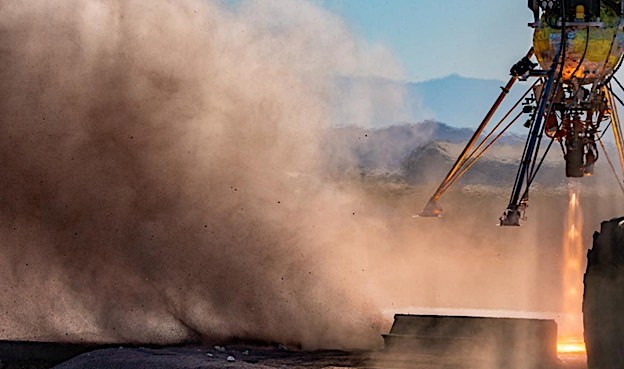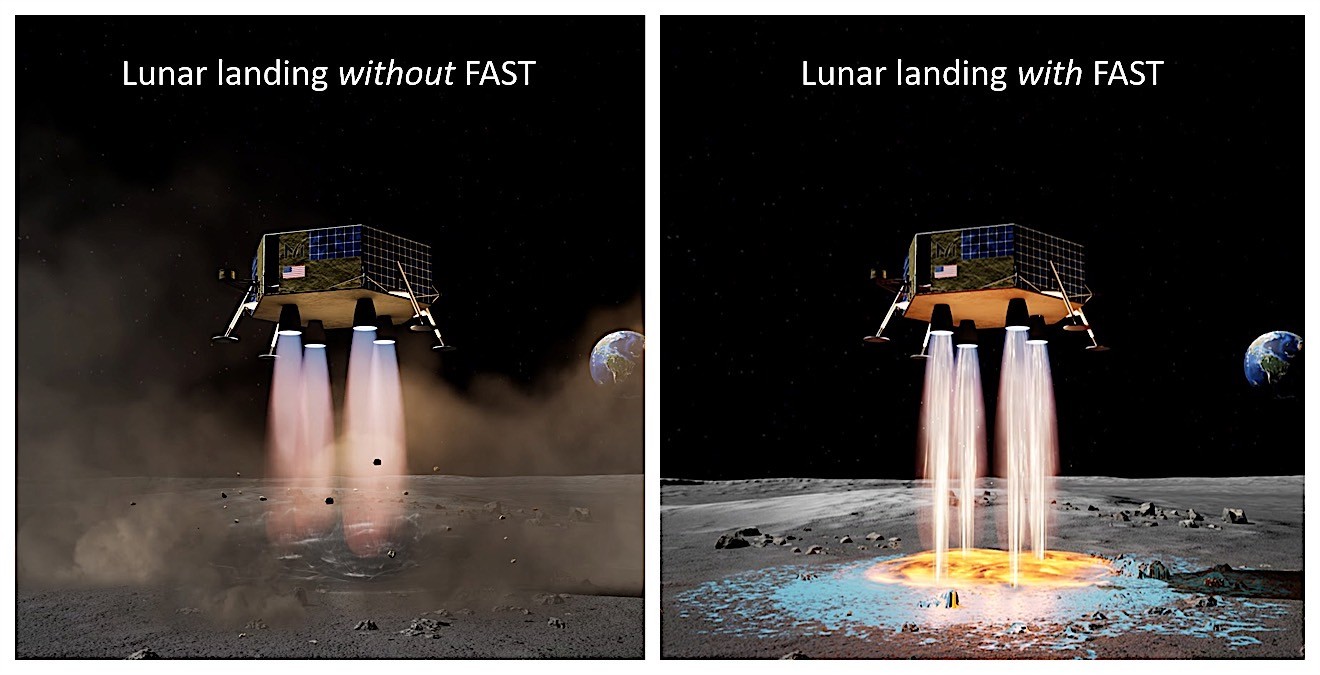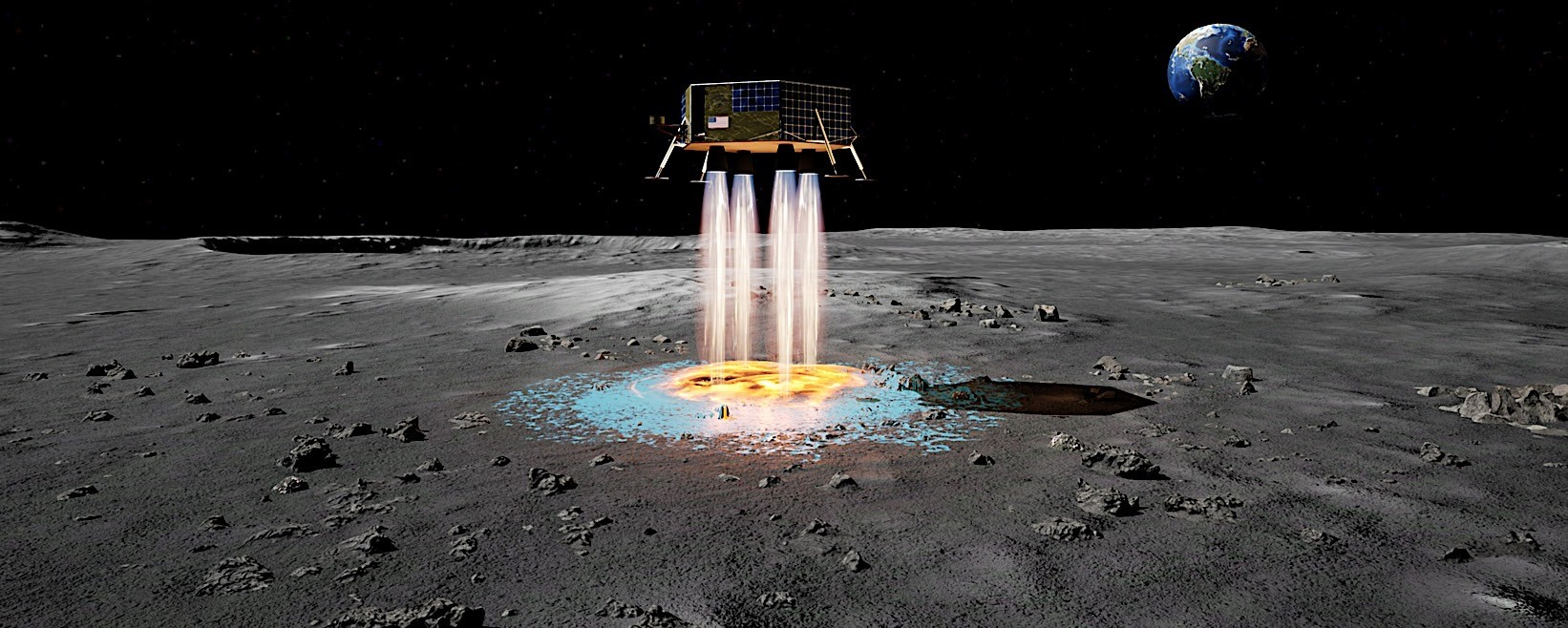Humanity stands on the precipice of a new era of space exploration, with the Artemis Moon program poised to return astronauts to the lunar surface for the first time in over fifty years. Building upon the success of the uncrewed Artemis I mission in 2022, NASA is now focused on overcoming the formidable challenges that lie ahead, including the mitigation of lunar dust, a pervasive and abrasive substance that poses significant risks to both humans and equipment.
As spacecraft land on the Moon, they stir up clouds of this fine-grained regolith, which can cause equipment malfunctions and health hazards. To address this issue, NASA has initiated the Human Lander Challenge (HuLC), a competition aimed at fostering innovative solutions from the next generation of engineers and scientists. By empowering young minds to tackle this critical problem, NASA hopes to pave the way for a sustainable human presence on the Moon and beyond.

This acronym, unraveling to Synthetic Orbital Landing Area for Crater Elimination, contains the project’s core purpose: safeguarding the lunar surface from the erosive impact of spacecraft landings. Envisioned as a self-propelled landing pad, SOLACE would be deployed from lunar orbit to establish a protected zone for both astronaut missions and cargo transport.
This pioneering design represents a significant step forward in lunar infrastructure, promising to preserve the pristine lunar environment while facilitating safe and efficient space operations. SOLACE is a groundbreaking platform designed to protect the lunar surface from the harsh conditions generated by spacecraft engine exhaust during landing. Constructed from graphene, a material renowned for its exceptional heat resistance, SOLACE can withstand temperatures exceeding 3,500 degrees Kelvin.
Its primary function is to deflect rocket plumes away from the lunar surface, thereby minimizing the dispersal of lunar regolith and the creation of craters. This innovative technology enhances the sustainability of future lunar missions by preserving the delicate lunar environment.
The platform’s adaptability is a key feature, allowing it to accommodate various Human Landing Systems and operate effectively across different lunar terrains, including those with steeper slopes due to its self-leveling capabilities. The Haworth Region, with its proximity to permanently shadowed areas and gentle slopes, is the proposed landing site, but SOLACE’s versatility extends beyond this location.

Once deployed, the platform is expected to provide critical support for lunar exploration for up to a decade. While the development of SOLACE carries a significant price tag of nearly two billion dollars, the potential returns in terms of scientific advancement and enabling sustained human presence on the Moon are substantial.
With an estimated development timeline of under five years, SOLACE represents a crucial component of NASA’s Artemis missions and a pivotal step toward establishing a long-term lunar infrastructure.

